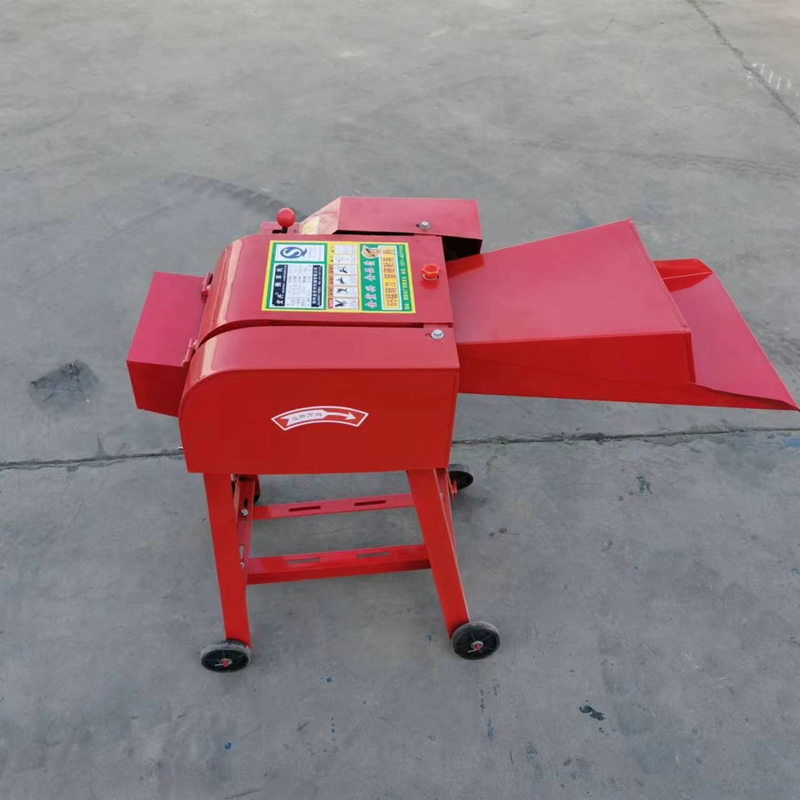livestock feed pellet machine
Oct . 06, 2024 00:54 Back to list
livestock feed pellet machine
The Rise of Livestock Feed Pellet Machines A Revolution in Animal Nutrition
In recent years, the livestock industry has witnessed significant advancements, particularly concerning animal nutrition and feed production. One of the key innovations driving this change is the livestock feed pellet machine. These machines have become essential in the manufacturing of high-quality, nutrient-dense pellets designed to optimize animal health and productivity.
Understanding Livestock Feed Pellet Machines
Livestock feed pellet machines are specialized equipment used to transform raw feed ingredients into pellets. The process involves several stages grinding, conditioning, and pelletizing. Initially, the raw materials, which may include grains, protein sources, vitamins, and minerals, are ground into fine particles. This increases the surface area, allowing for better mixing and nutrient absorption. The mixture is then conditioned with steam or hot water to ensure the nutrients are bioavailable. Finally, the conditioned feed is extruded through a die to create uniform pellets of specific sizes.
The design and efficiency of these machines have evolved, leveraging advanced technology to enhance performance. Features such as precise temperature control, adjustable die sizes, and automated feeding systems contribute to the overall effectiveness of feed production. Today’s machines not only facilitate large-scale production but also accommodate various feed formulations tailored to different livestock species.
Benefits of Pelletizing Feed
Pelletizing feed offers numerous advantages. One of the most significant is improved feed efficiency. Pellets are more digestible than coarse feed ingredients, allowing animals to extract nutrients more effectively. This can lead to faster growth rates in livestock, reduced feeding costs, and improved overall health. Additionally, pellets minimize waste; animals can consume them more readily, leading to less spillage than traditional loose feed.
Moreover, pelletized feed is easier to handle, transport, and store. The compact nature of pellets reduces storage space requirements and simplifies logistics. Farmers and feed manufacturers benefit from reduced labor costs and less material loss, ultimately contributing to increased profitability.
Enhancing Animal Health
livestock feed pellet machine

Quality nutrition is paramount in livestock production, and pellet machines play a crucial role in achieving this. By standardizing feed formulations, pellet machines ensure that animals receive a consistent and balanced diet. This is particularly important in commercial farming, where maintaining optimal health and growth rates can significantly impact profitability.
Moreover, the pelleting process can also help eliminate pathogens and reduce spoilage, contributing to enhanced animal welfare. The heat generated during pelleting kills off harmful bacteria and molds that could compromise animal health. As a result, producers can offer safer, higher-quality feed, reducing the likelihood of disease outbreaks in livestock.
Sustainability and Environmental Impact
In today's agricultural landscape, sustainability is a critical consideration. Livestock feed pellet machines not only promote efficiency and health but also contribute to sustainable practices. By optimizing feed conversion ratios and minimizing waste, these machines help reduce the overall environmental footprint of animal farming.
Furthermore, advancements in technology have enabled the integration of alternative and by-product feeds into pellet formulations. Utilizing less conventional feed sources, such as food waste or agricultural by-products, not only supports sustainability but also reduces feed costs.
Conclusion
The rise of livestock feed pellet machines represents a transformative shift in the livestock industry, combining technology with a focus on nutrition and sustainability. As the demand for high-quality animal products continues to grow, these machines will play an increasingly vital role in meeting global food security challenges. By enhancing animal health, improving feed efficiency, and promoting sustainable practices, livestock feed pellet machines are not just a trend; they are an essential tool for the future of agriculture.
As we look ahead, the continued innovation in feed technology promises to further solidify the importance of these machines in the livestock sector. Investing in advanced feed pellet machinery will be critical for farmers aiming to improve productivity and profitability while ensuring the well-being of their animals and the environment. The future of livestock feed production is indeed bright, driven by the power of pelletization.
-
Automatic Feeding Line System Pan Feeder Nipple Drinker|Anping County Yize Metal Products Co., Ltd.
NewsJul.29,2025
-
Automatic Feeding Line System-Pan Feeder Nipple Drinker|Anping County Yize Metal Products Co., Ltd.
NewsJul.29,2025
-
Automatic Feeding Line System - Pan Feeder Nipple Drinker|Broiler Farming Equipment
NewsJul.29,2025
-
Automatic Feeding Line System - Anping Yize | Efficiency&Durability
NewsJul.29,2025
-
Automatic Feeding Line System - Anping Yize|Poultry Efficiency&Durability
NewsJul.29,2025
-
Automatic Feeding Line System-Anping County Yize Metal Products Co., Ltd.|Durable PP Material&Easy Maintenance
NewsJul.29,2025






